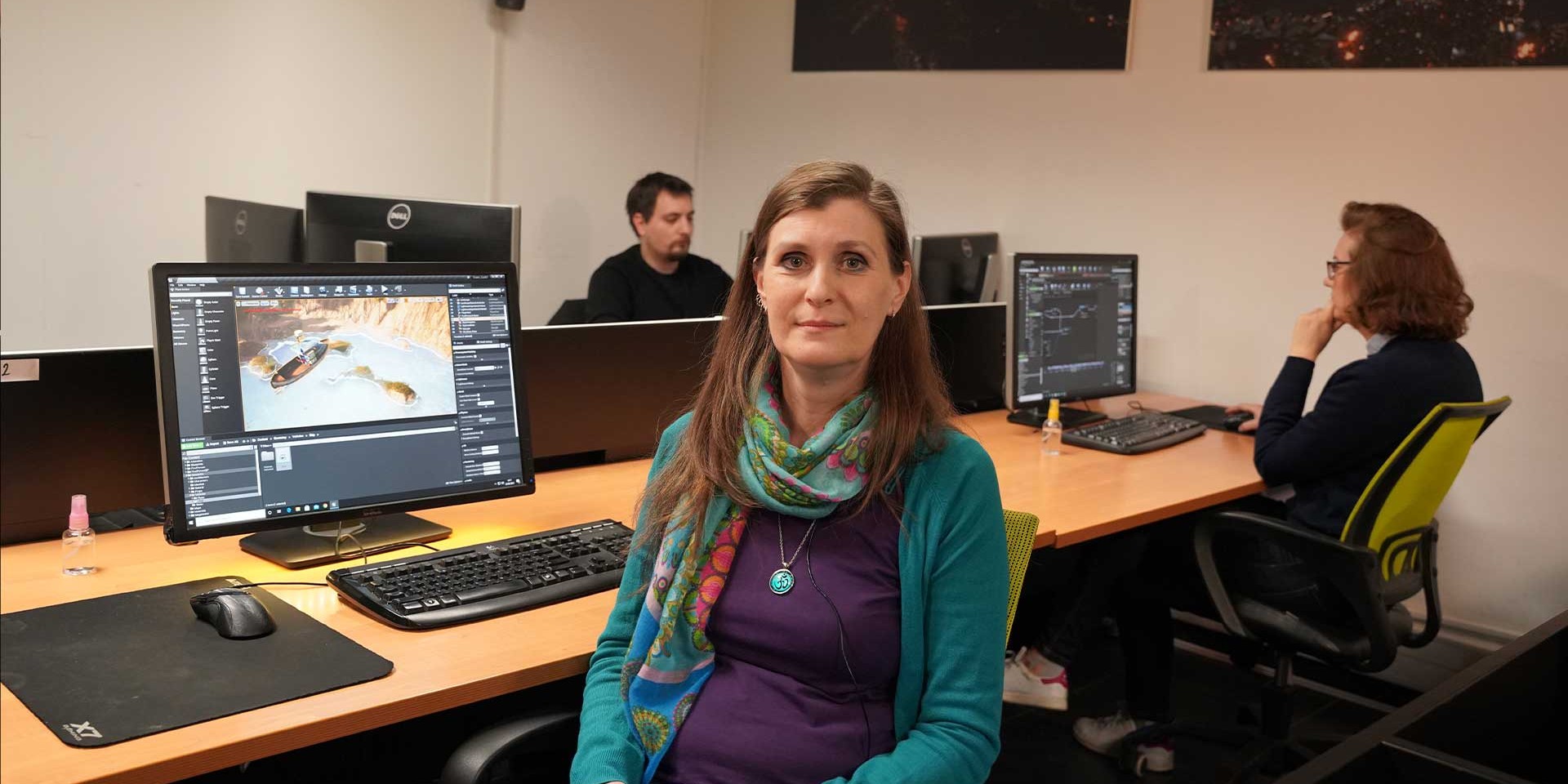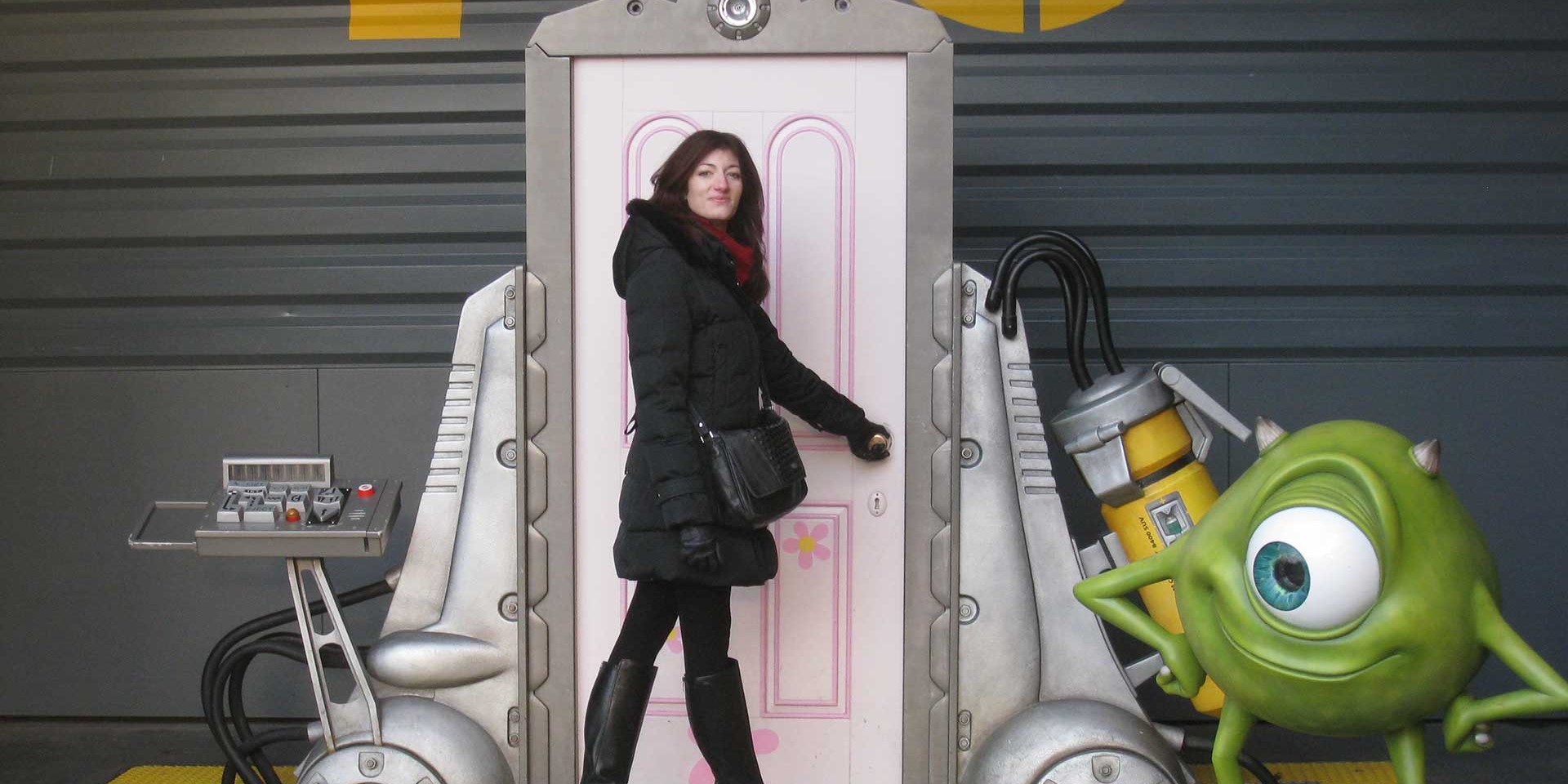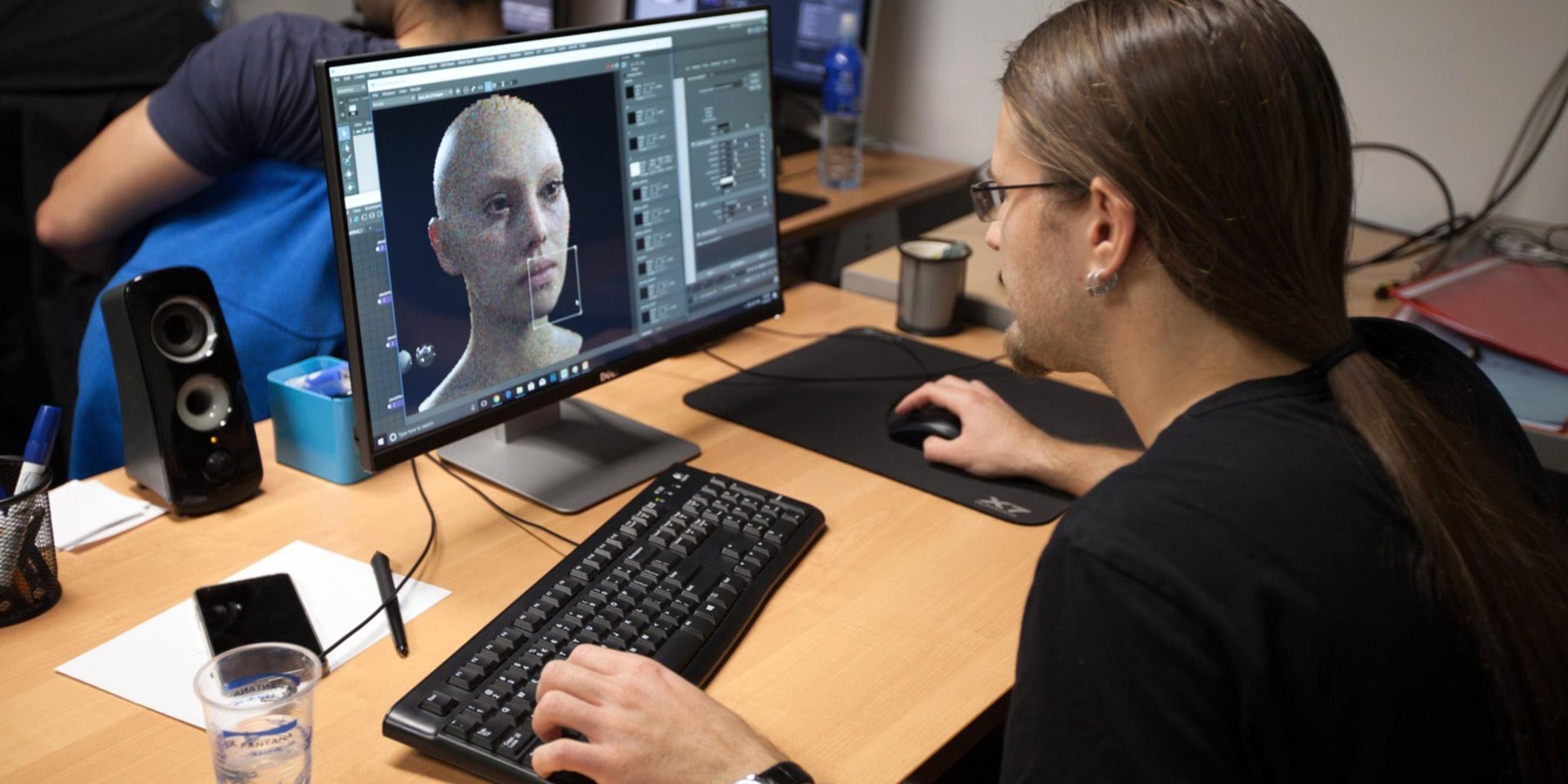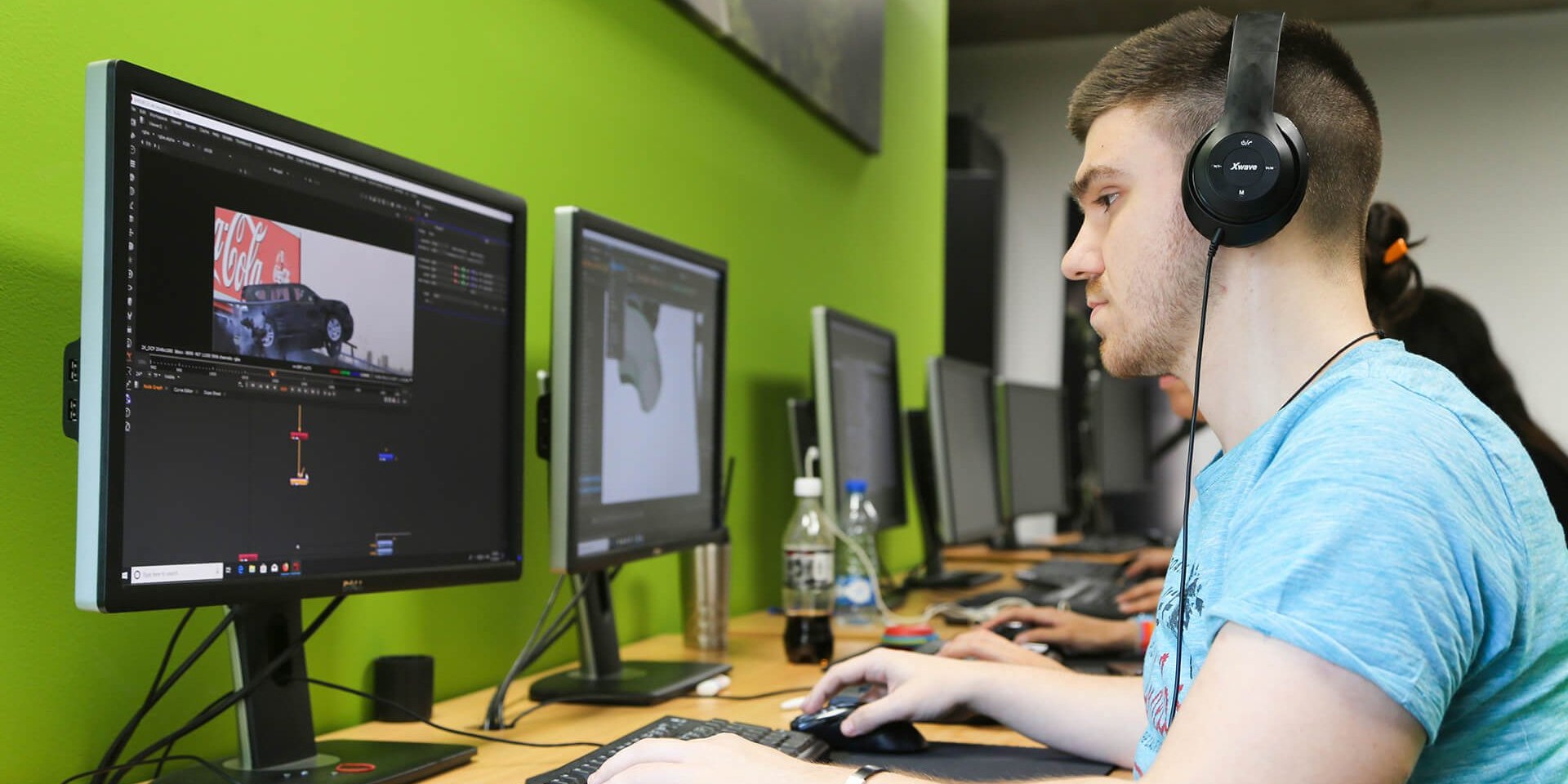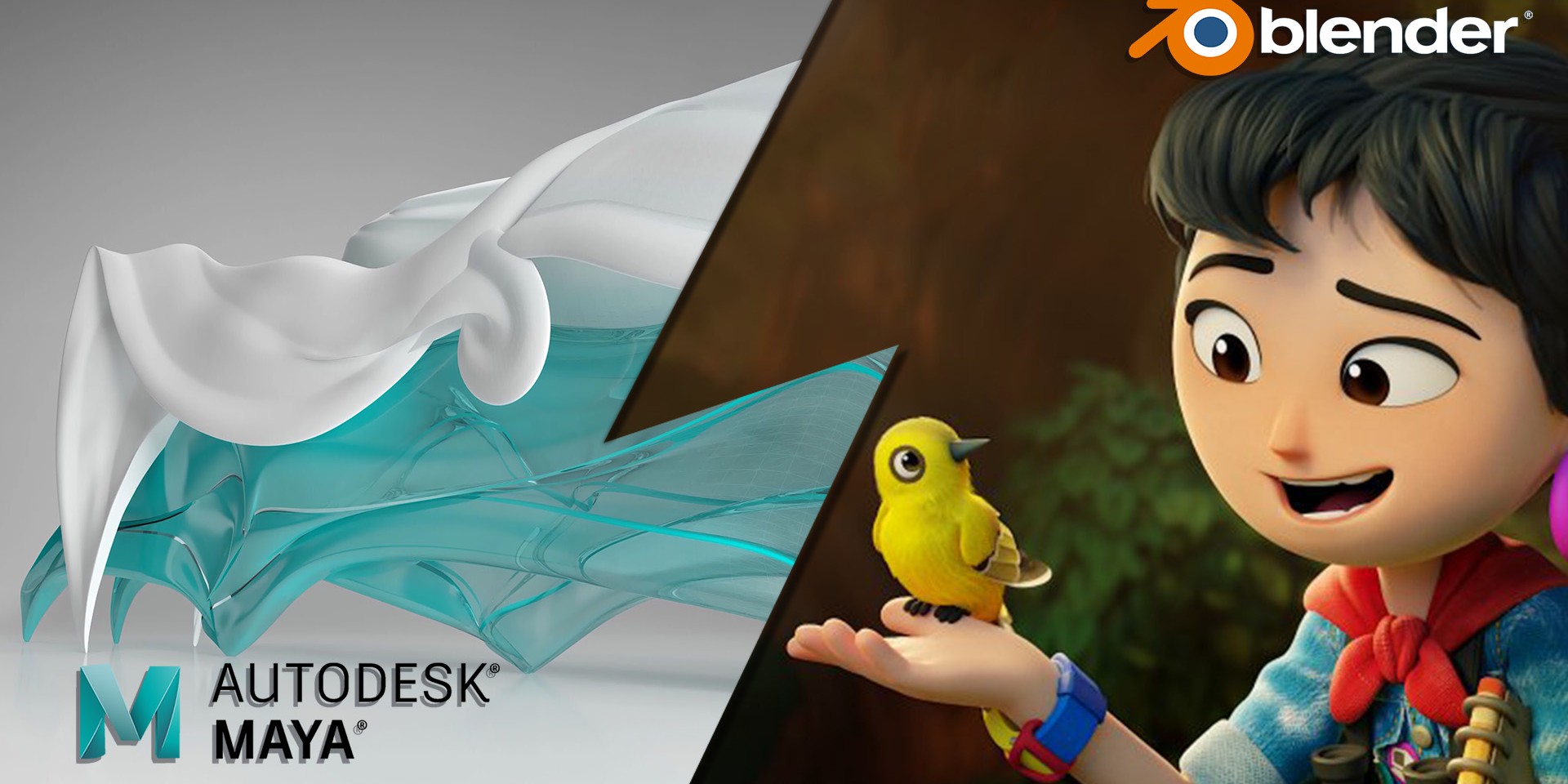What makes you successful in VFX, Gaming and Motion Graphics industry
Picking up skills mostly comes down to acquiring technical knowledge in the beginning. Although developing technical savvy and knowing your way around software is key to entering these industries, it’s important to remember that there are soft skills, personal qualities, interests and expectations that also shape your individual professional path.
Talking to our lecturers Bogdanom Amidzic (Digital Compositing, VFX in Houdini), Branislav Pavlovic (3D Essentials, Environment Art, Creating Props for Games) and Vladan Vasiljevic Djiri (After Effects, Motion Graphics 2D, Motion Graphics 3D) na sesiji Shift to Computer Graphics we decided to pick a couple of key things you should know if you want to be successful in Computer Graphics.
1. Formal Education is not necessary.
First of all, it’s important to say that artistic or technical background can be very useful and often comes in handy, but it’s definitely not a necessity to have if you choose to work your way up in CG. There are a lot of people who became very successful and well-known for their work both locally and internationally, without a formal education. Although it’s true that no one will ask you about your University diploma, your interests will set you apart so it’s desirable to have a substantial level of passion for design, photography, video games, films, comic books or visual art in general. Occasionally, math and algebra will be of greatest use to you especially if you’re working in Houdini. In any case, it’s highly advisable to become very informed about trends and the industry of your preference.
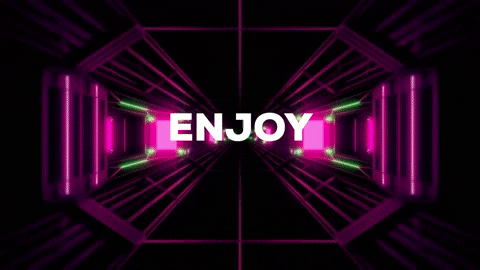
2. Path towards success will open up, but it will go gradually.
There’s no overnight success and, like most things in life, it comes thanks to self-discipline, perseverance and patience. You have to be willing to put in hours of work and develop a certain amount of fanatic devotion if you will. In order to succeed you need to be ready to invest an extra hour or two of research and connect with peers, instead of treating your work as a 9 to 5 job.
3. Learning doesn’t stop with finished courses – it never ends.
If any field requires constant updating and learning, it’s the field of Computer Graphics. We’re often witnesses to rapid technological development, so plenty of things that artists do now will be replaced by artificial intelligence. This fact practically makes it inevitable that everyone needs to be able to shift easily and fast to other disciplines. It’s equally important to adjust to new trends. One of the common misunderstandings our students have is that the amount of work they do during the course is enough for serious results. Although the courses help you understand essentials more easily and quickly, that’s not the case. After you finish with classes, you’ll be equipped to further develop yourself as a professional and continue down the learning path you choose.
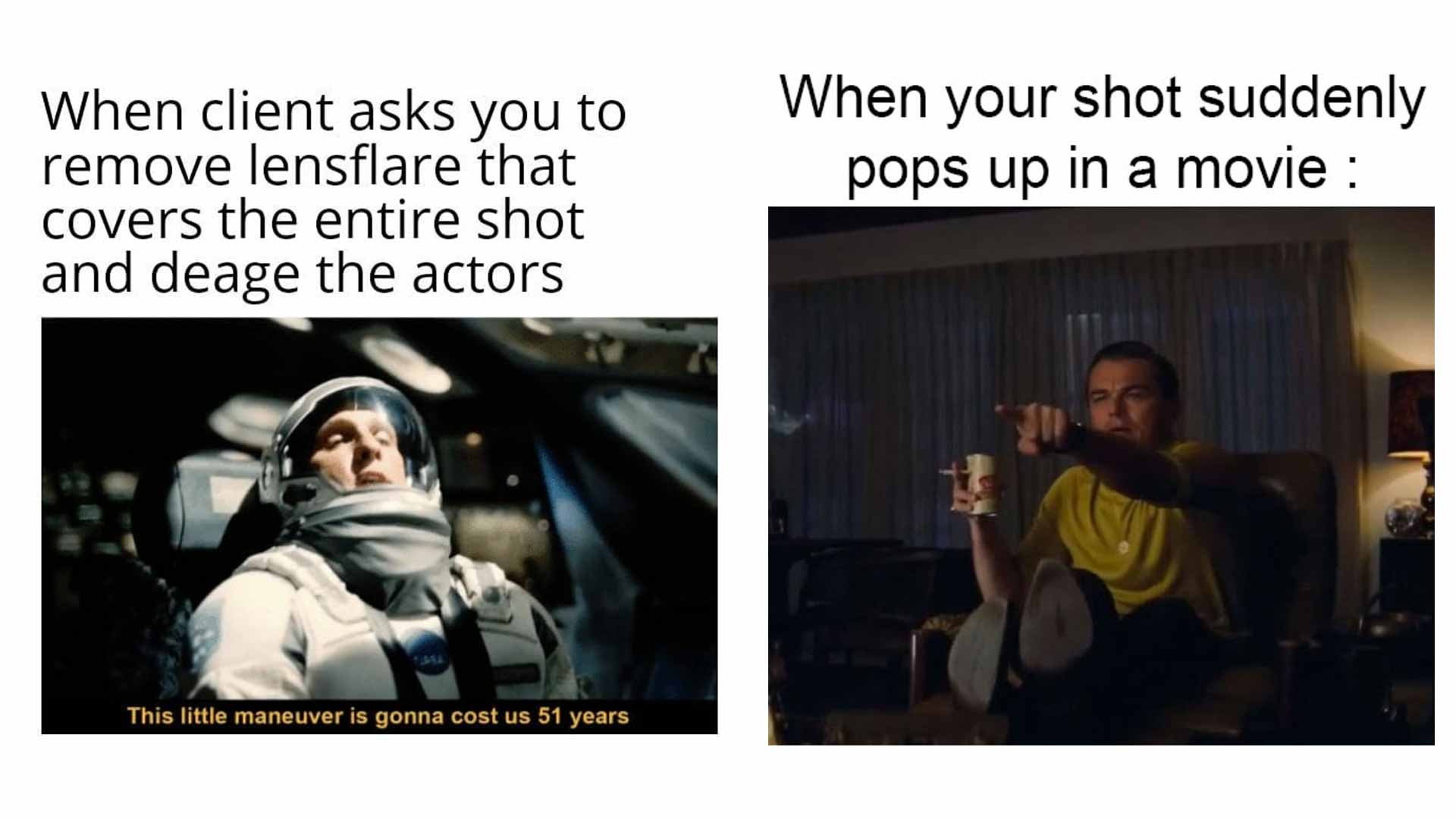
4. Learn from those who know more; share knowledge with those who know less.
Willingness to share and help each other out is what describes Computer Graphics industry the best. If that wasn’t the case, this industry would have never developed at the pace it currently is developing. This is why it’s important to learn from your mentors at work, but also share your knowledge with those who need it. Most people say they enjoy this exchange and collaboration the most, as working on visual effects or video games is a highly collaborative process that gathers a significant number of artists.
5. It’s important to love what you do – but be ready to face certain amounts of work crises.
If you believe that everything will go only uphill the moment you turn your passion into work, this is the perfect moment to face the truth. Just like with anything else in life, there will be ups and downs. This is inevitable and completely natural. Maybe there will be times when deadline is short or you work on boring and repetitive tasks. Maybe it will be highly stressful at times. So this is why it’s important that you love what you do, since that love will definitely help you go through crises more easily. A lot of artists make it a practice to set aside their time for personal projects they care about. This is one of the most effective ways of keeping the creative fire burning, as you work on yourself for yourself doing the projects that inspire you personally.
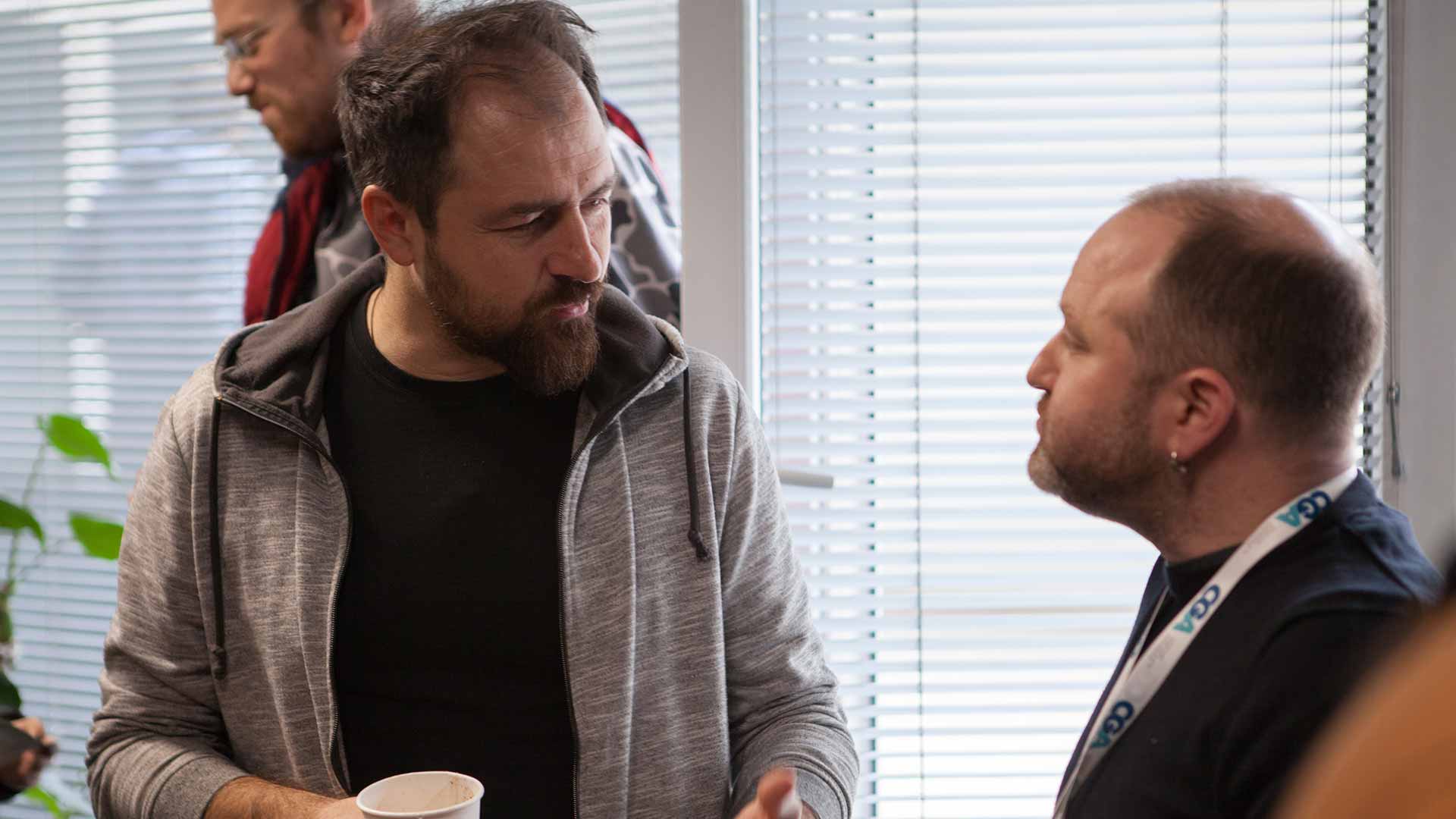
6. Be a part of the community.
Community plays an important role in your professional life as a CG artist. Meeting new people and connecting with them at events such as CGA Belgrade or those organized by Serbian Gaming Association may be key to your development. Other than being up to date with leading projects and trends in industry, these events will help you meet many people who are good at what they do, whom you probably wouldn’t have met on a regular day. With inspiration that these people naturally spark, you may open yourself up for a new job, collaboration opportunity or a personal project.
If you’re interested in a career path in Visual Effects, Gaming or Motion Graphics, you can choose a Professional or Starter Course Package.
Author:
Tamara Milovanovic

